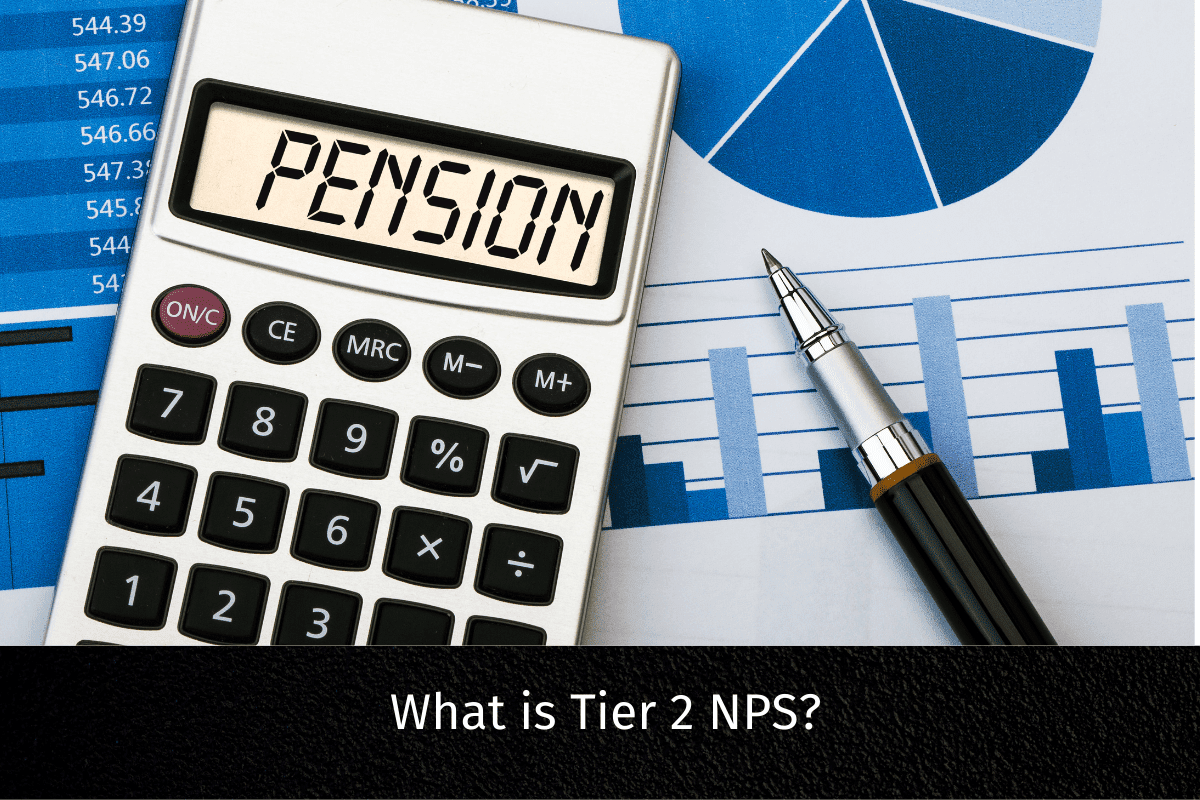One of the key benefits of investing in the National Pension System (NPS) is its tax-saving potential. Many investors opt for NPS primarily to reduce their taxable income under Section 80C and 80CCD of the Income Tax Act, 1961. This article explores the tax benefits of NPS, including deductions under Section 80C, 80CCD(1), and 80CCD(1B).
Does NPS Qualify for Tax Deduction Under 80C?
Yes, NPS investments qualify for tax benefits under Section 80C, but with specific conditions:
- Contributions to Tier 1 NPS accounts are eligible for tax deductions.
- The maximum deduction available under Section 80C is ₹1.5 lakh per year.
- Tier 2 NPS investments do not qualify for 80C benefits (except for government employees with a lock-in period of 3 years).
Understanding Tax Benefits of NPS
NPS falls under multiple sections of the Income Tax Act that provide additional tax-saving opportunities.
1. Section 80CCD(1) – Employee/Self-Contribution
- Part of the ₹1.5 lakh deduction limit under Section 80C.
- Maximum deduction allowed is 10% of salary (basic + DA) for salaried employees.
- Self-employed individuals can claim up to 20% of their gross income, subject to the overall ₹1.5 lakh limit.
2. Section 80CCD(1B) – Additional ₹50,000 Deduction
- Over and above the ₹1.5 lakh limit of Section 80C.
- Available only for Tier 1 NPS contributions.
- Total deduction can go up to ₹2 lakh per year (₹1.5 lakh under 80C + ₹50,000 under 80CCD(1B)).
3. Section 80CCD(2) – Employer’s Contribution
- Not included under 80C, but provides additional tax benefits.
- Employers can contribute up to 10% of salary (basic + DA), which is fully deductible for employees.
- No monetary limit (subject to the salary structure).
- This is an exclusive benefit for salaried individuals and does not apply to self-employed individuals.
Example: Tax Saving Calculation with NPS
Assume an individual has the following contributions:
- ₹1.5 lakh to NPS (Tier 1) under 80CCD(1) → Counts under 80C.
- ₹50,000 additional contribution to NPS → Eligible under 80CCD(1B).
- Employer contributes ₹80,000 to NPS under 80CCD(2) → Fully deductible.
Total Tax Benefit = ₹2.5 lakh deduction (₹2 lakh under 80C + 80CCD(1B) + ₹80,000 under 80CCD(2)).
Does Tier 2 NPS Qualify for 80C?
- No tax benefit for general investors.
- Government employees get 80C benefits if they opt for a 3-year lock-in period.
Comparison: NPS vs. Other 80C Investments
| Investment Option | 80C Eligibility | Additional Deductions | Lock-in Period |
|---|---|---|---|
| NPS (Tier 1) | Yes (₹1.5 lakh) | ₹50,000 under 80CCD(1B) | Until age 60 |
| ELSS (Mutual Funds) | Yes (₹1.5 lakh) | No | 3 years |
| PPF (Public Provident Fund) | Yes (₹1.5 lakh) | No | 15 years |
| FD (5-Year Tax Saver) | Yes (₹1.5 lakh) | No | 5 years |
| Life Insurance Premiums | Yes (₹1.5 lakh) | No | Varies (policy term) |
Final Thoughts
NPS provides substantial tax benefits, making it one of the most efficient retirement planning tools. By leveraging Section 80C, 80CCD(1B), and 80CCD(2), individuals can save up to ₹2 lakh or more in taxes annually. However, it is essential to consider the long lock-in period of Tier 1 NPS before investing for tax-saving purposes.
For those looking for both retirement security and tax benefits, NPS remains a strong option compared to other 80C instruments.








